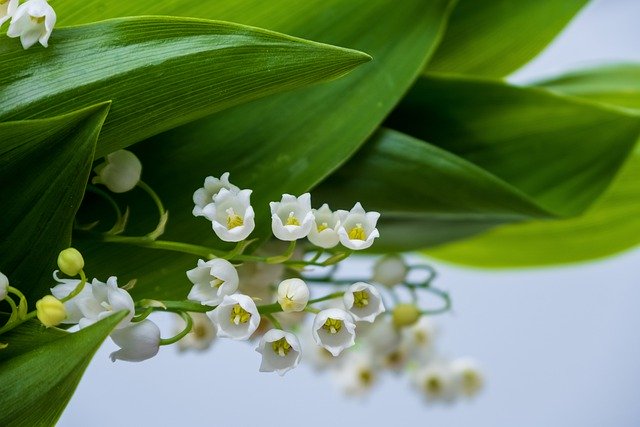Koya Webb, in her recent presentation at the You Can Heal Your Life Summit, spoke passionately about how discipline creates freedom and success. She made the point that discipline underpinned her success as a college track star and more recently as a celebrated holistic health healer and yoga instructor. Koya sustained two serious injuries that shattered her dream of becoming an Olympic track and field competitor. It was a breathing meditation incorporated in yoga practice that enabled her to recover from the dark hole of depression after her injury and go on to establish a highly successful career as a globally recognised yoga teacher. Koya has recently published her book, Let Your Fears Make You Fierce.
Koya maintained that discipline incorporating mindfulness practices leads to freedom because it releases you from negative self-talk and fear that depletes your energy and power and enables you to create the life you want and to make a difference in the world. She recommends a daily routine incorporating mindfulness practices in the morning and at lunch time. Koya suggests starting your morning practice before you become lost in, and stressed by, your email, text messages or your news channel. I have found this approach essential to sustain my daily practice of researching and writing this blog. Koya’s suggestion concerning a lunch-time daily practice is designed to break down the accumulated stress of the morning.
A daily routine of mindfulness practices
Koya described her daily routine that incorporated several mindfulness practices. Her recommendation is to develop your own rituals to create a daily routine that suits your preferences but engages your body and mind to reinforce your mind-body connection and tap into your life force. Some of the elements that make up Koya’s routine are as follows:
- Breathing meditation – Koya begins each day with several breathing meditations, some involving slow, deep breathing, while others require quick, sharp exhalations. These breathing exercises clear away fear and anxiety if you envision the outbreath releasing you from their hold. The in-breath is envisaged as drawing in energy and power.
- Movement – yoga is Koya’s preferred choice of movement; other people may prefer Tai Chi or similar meditation-in-motion practice. Her YouTube© channel provides videos offering training in several yoga poses for different levels of practitioners, along with inspirational videos on holistic health practices.
- Connect to nature – there are numerous ways to connect to nature and enjoy its energising and healing benefits. For example, you can be mindful of the breeze, cloud formations, the movement of birds and butterflies and the sight of rivers, oceans or mountains.
- Visualisation – the focus here is to visualise a positive, ideal future to replace negative perceptions about the past or present or a fearful future.
- Writing a gratitude journal – gratitude has numerous healing benefits and serves to replace fear with hope, envy with appreciation and apathy with energy. It also blocks out negative self-evaluations and diminishing judgments about self-worth. Writing itself reinforces and deepens insight, leading to growth and development.
Koya maintains that the discipline of a daily routine incorporating mindfulness practices enables you to set up your day so that it works for you, not against you. She argues that if you establish a daily ritual for your mindfulness practice you will “put yourself in a higher state of vibration”, your energy will flow more fully, freed from the blockages of fear and anxiety.
Reflection
The discipline of daily practice is difficult, but the rewards are great. It requires forgoing some things and making space in our lives to enrich it in a holistic way. As we grow in mindfulness through these diverse mindfulness practices and the discipline of a daily ritual, we can restore our energy and motivation and experience freedom and success.
____________________________________________
By Ron Passfield – Copyright (Creative Commons license, Attribution–Non Commercial–No Derivatives)
Disclosure: If you purchase a product through this site, I may earn a commission which will help to pay for the site, the associated Meetup group and the resources to support the blog.









